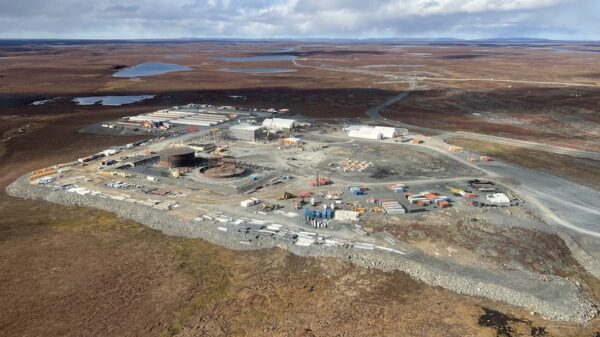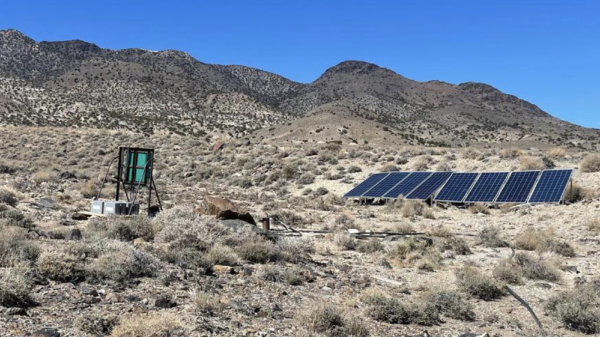Central banks have been buying gold at a rapid pace, but their purchases have not been enough to exceed the record set in the third quarter of 2022.
According to a Tuesday World Gold Council report, the Q3 2023 demand for gold was 8 per cent above its five-year average, but 6 per cent under year over year at 1,148 tonnes. Factoring in over-the-counter demand and other stock flows, the total demand increased by 6 per cent year over year at 1,267 tonnes. The primary factor has been instability in Europe caused by the ongoing conflicts in Ukraine.
Additionally, jewellery demand has eased off slightly as gold prices are high while the investment picture was mixed.
In the third quarter, central banks purchased 337 tonnes of gold, although it did not surpass the exceptional 459 tonnes purchased in Q3, 2022.
However, central banks’ demand for the year-to-date period is 14 per cent higher than the same period last year, reaching a record 800 tonnes.
Investment demand in Q3 amounted to 157 tonnes, reflecting a 56 per cent year-over-year increase, but it was relatively weak compared to its five-year average of 315 tonnes. Global gold exchange traded funds (ETF) experienced a smaller outflow of 139 tonnes in the third quarter of 2023, which was significantly less than the outflow of Q3 of the previous year.
Bar and coin investment decreased by 14 per cent year-over-year, totalling 296 tonnes, although it remained well above the five-year quarterly average of 267 tonnes. The year-over-year decline is primarily attributable to substantial drops in Europe.

Read more: Calibre Mining intercepts high-grade gold below Jabali mine, identifies 3 new gold targets
Read more: Calibre Mining Q3 gold production numbers exceed analyst expectations: Canaccord Genuity
Fragile consumer electronics demand reduced gold used in technology
In Q3, Over-the-Counter market investment totalled 120 tonnes. This opaque source of demand once again supported the gold price throughout most of Q3, even as ETF outflows occurred and commodity exchange futures net longs decreased.
Jewellery consumption experienced a slight softening, decreasing by 2 per cent year-over-year to 516 tonnes, primarily due to the continued strength of the gold price. Jewellery fabrication, on the other hand, showed marginal resilience, with a 1 per cent decrease to 578 tonnes attributed to inventory build-up.
Fragile demand in the consumer electronics sector continued to reduce the volume used in technology, resulting in a 3 per cent year-over-year decline to 75 tonnes.
Mine production achieved a record high of 971 tonnes in Q3, contributing to a total gold supply of 1,267 tonnes. This represents a 6 per cent year-over-year increase. A few companies operating in the mining sector include Barrick Gold Corporation (NYSE:GOLD)(TSX:ABX), i-80 GOLD CORP. (TSX:IAU) (NYSE:IAUX) and Calibre Mining Corp, (TSX: CXB) (OTCQX: CXBMF) which operates in Nicaragua and Nevada.
Gold recycling also saw an 8 per cent year-over-year rise, reaching 289 tonnes.
The London Bullion Market Association price averaged USD$1,928.5 per ounce during Q3. Although it was 2 per cent below the record high seen in Q2, it was 12 per cent higher year-over-year. Several countries experienced higher local gold prices due to currency weakness against the US dollar, including Japan, China and Turkey.
Year-to-date, central banks have bought a net total of 800 tonnes, which is 14 per cent ahead of the amount bought in 2022. This marks the highest amount on record for that nine-month period. While there is a nucleus of committed regular buyers, a broad range of countries have added to their reserves over recent quarters.
Investment demand has been mixed year-to-date. Bar and coin investment is generally in line with Q1-Q3 last year, thanks to strong performance in the Middle East, Turkey and China. Gold ETFs, on the other hand, have experienced outflows of 189 tonnes so far this year and have now registered six successive quarters of negative demand.
After a record-breaking Q3, mine production has also reached a new year-to-date high of 2,744 tonnes. This puts a new annual record within reach for 2023. The year-to-date supply of recycled gold is also higher at 924 tonnes, reflecting a 9 per cent increase. Elevated prices have supported this aspect of supply, but it has been limited by economic resilience in the US and a strong investment motive in the Middle East.
.
Calibre Mining is a sponsor of Mugglehead news coverage
.














